Recurring vs. transactional revenue model: A comparison
Understanding the core differences

Defining recurring revenue
Recurring revenue refers to predictable income that a business can count on at regular intervals. This model fosters a steady cash flow, enabling companies to forecast their revenues and expenses more efficiently. Businesses that successfully implement this model often experience lesser volatility compared to others reliant on one-time sales.
With recurring revenue, companies can cultivate long-term relationships with customers, as they are engaged consistently over time. This continuous interaction enables businesses to provide value through upgrades, updates, or additional services while also encouraging customer loyalty. Such relationships are beneficial for upselling and cross-selling opportunities, further enhancing revenue potential.
Examples of businesses that leverage a recurring revenue model include subscription services like Netflix or SaaS platforms such as Salesforce. These businesses offer their services for a recurring fee, ensuring regular income and customer interaction. This model is particularly effective in industries where ongoing support and continual improvement are vital for success.
Defining transactional revenue
Transactional revenue is obtained from one-time purchases, where customers pay upfront for a product or service. While this model can result in immediate revenue influx, it lacks the predictability that recurring revenue provides. Businesses relying solely on this model may experience cash flow fluctuations, making planning and resource allocation more challenging.
In a transactional revenue model, the primary focus is typically on acquiring new customers, often necessitating ongoing marketing efforts to drive sales. This emphasis on acquisition rather than retention can lead to increased competition and marketing costs. Companies in this space must strategically navigate these challenges to maintain profitability and growth.
Retail businesses, e-commerce platforms, and food services are prime examples of companies that predominantly utilize transactional revenue models. Each sale generates immediate income, but without continual engagement, businesses may struggle to foster customer loyalty. Understanding the implications of this model helps businesses refine their strategies and customer approaches effectively.
Advantages and disadvantages of each model
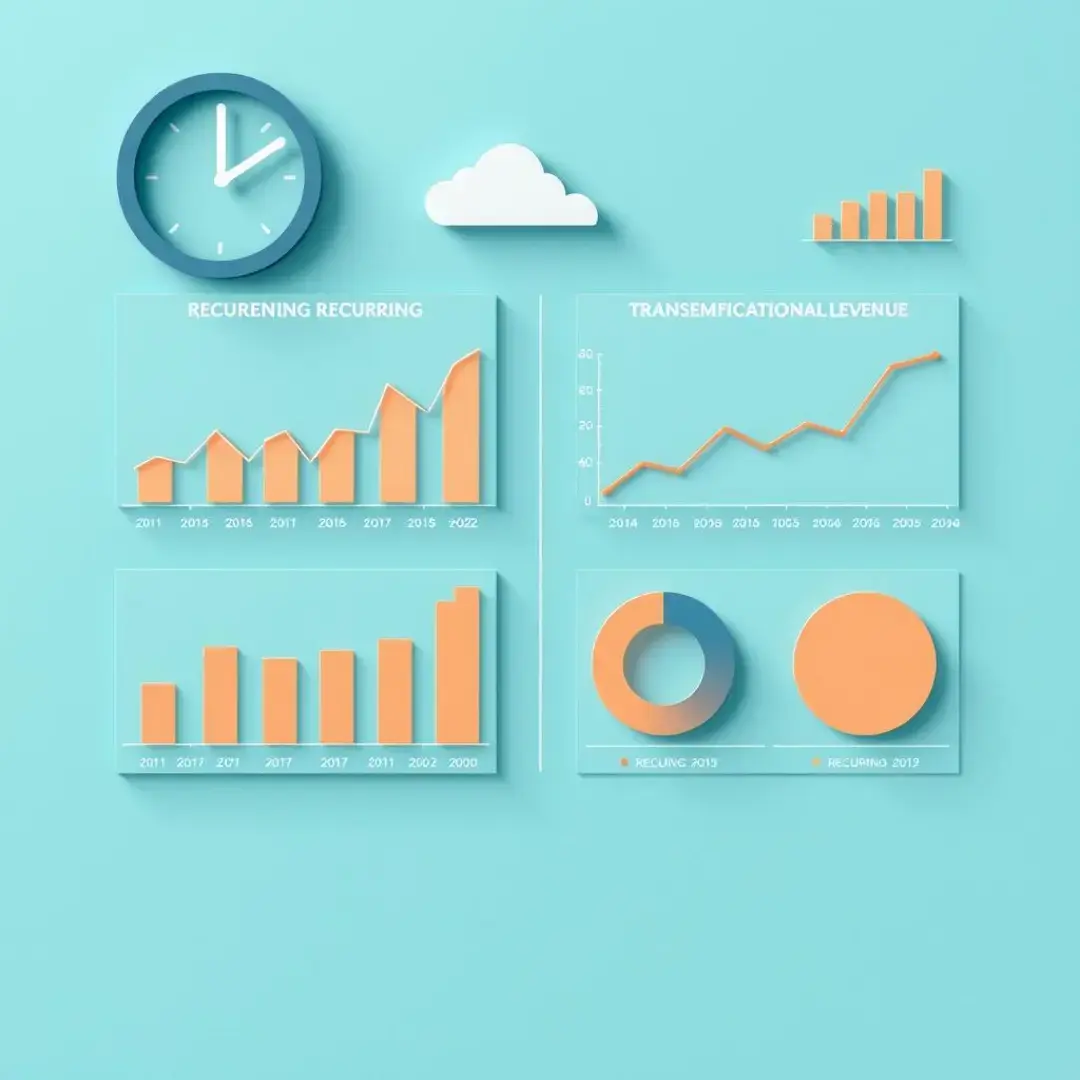
Recurring revenue model: pros and cons
One of the most significant advantages of a recurring revenue model is the predictability it offers regarding cash flow and financial forecasting. This stability allows businesses to plan better for future investments and operational costs, leading to sustained growth. Additionally, customer retention typically results in lower marketing costs in the long term, creating a more conducive environment for scaling.
However, the recurring revenue model is not without its challenges. A primary concern is customer churn, where customers discontinue their subscriptions, impacting revenue streams. Retaining customers requires ongoing engagement, exceptional service, and the ability to adapt to changing needs, which can strain resources and increase operational costs.
Recurring revenue models often lead to higher business valuations, as predictable revenue is appealing to investors. Companies with robust recurring revenue streams can typically secure more favorable financing options, expanding their capabilities for growth and innovation. This model positions businesses favorably in competitive marketplaces, assuming they manage customer relationships effectively.
Transactional revenue model: pros and cons
The transactional revenue model allows businesses to generate immediate income with each sale, providing quick returns on investments and supporting immediate cash flow needs. This model is advantageous for startups requiring fast capital to sustain operations, especially in the early growth phases. Moreover, it can facilitate rapid scaling by increasing sales volume without dependence on lengthy sales cycles.
Conversely, transactional revenue can lead to inconsistent income streams, complicating budgeting and financial planning. Market fluctuations or seasonal trends can significantly impact sales volumes, leaving businesses vulnerable to cash shortages. Over-reliance on one-time sales can also deter the cultivation of customer loyalty, making long-term sustainability a challenge.
To alleviate these issues, businesses adopting a transactional model often implement strategies such as diversified product offerings or promotional sales to attract new customers. Developing a robust marketing strategy and maintaining quality customer service are crucial to driving repeat business. Additionally, leveraging data analytics can allow businesses to anticipate trends and adjust their strategies proactively.
Hybrid models: combining recurring and transactional revenue
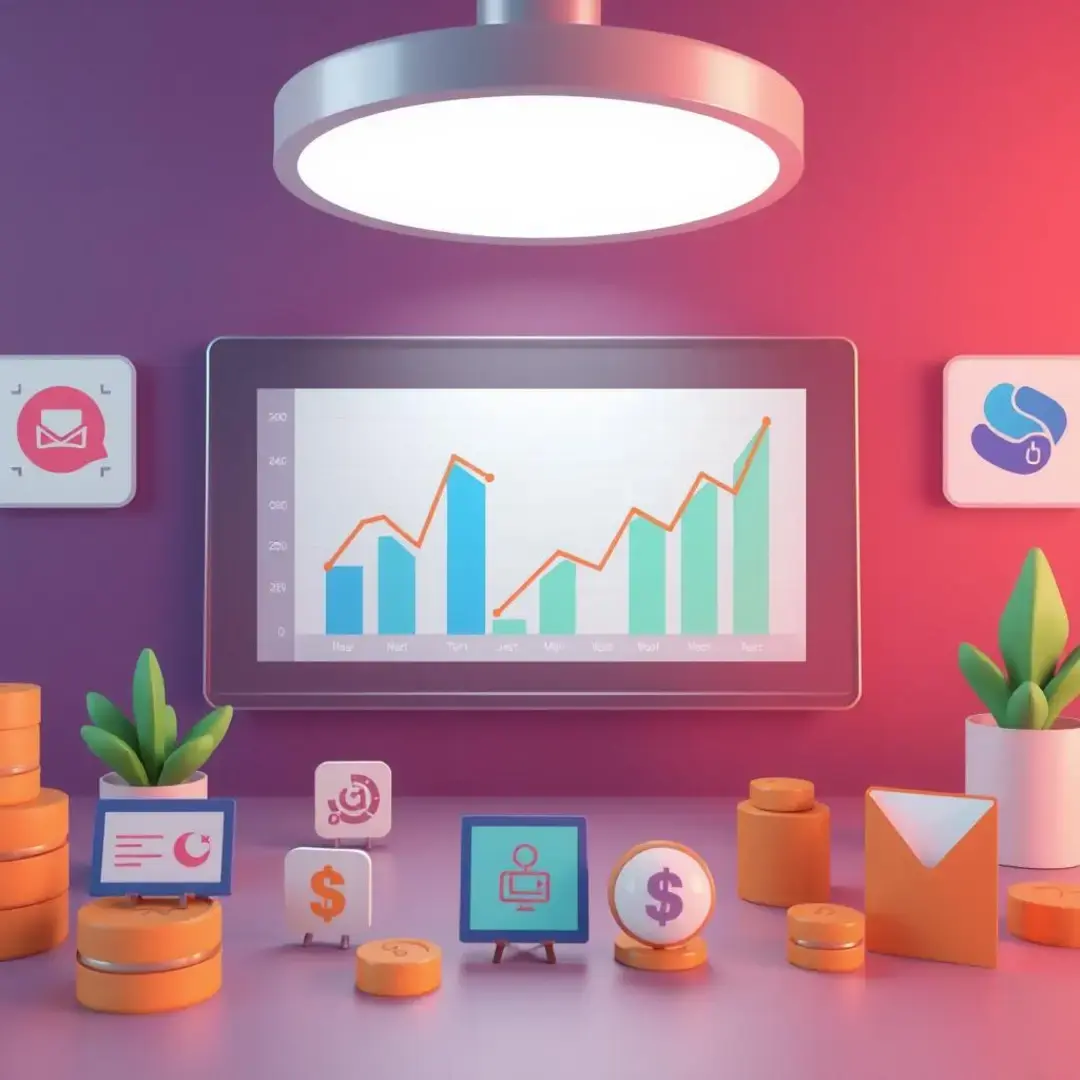
Exploring the possibilities of a blended approach
Hybrid revenue models combine the strengths of both recurring and transactional revenue, providing a balanced approach. For instance, a subscription-based service might offer the option for customers to purchase one-off products or services at additional costs, creating multiple revenue streams. This approach enables businesses to cater to varying customer preferences while enhancing overall profitability.
On the flip side, businesses relying primarily on transactional revenue can integrate subscriptions or membership options to foster customer loyalty. For example, a retailer may provide a loyalty program that rewards frequent customers, thereby encouraging repeat purchases. This strategy not only helps stabilize income but also builds a sense of community among customers.
Companies like Amazon exemplify effective hybrid models, offering subscriptions through Amazon Prime alongside one-off product purchases. This blend allows them to capitalize on the benefits of predictable recurring revenue while still maximizing opportunities for transactional sales. By analyzing the success of such models, businesses can determine the best strategies to suit their unique circumstances.
Choosing the right model for your business
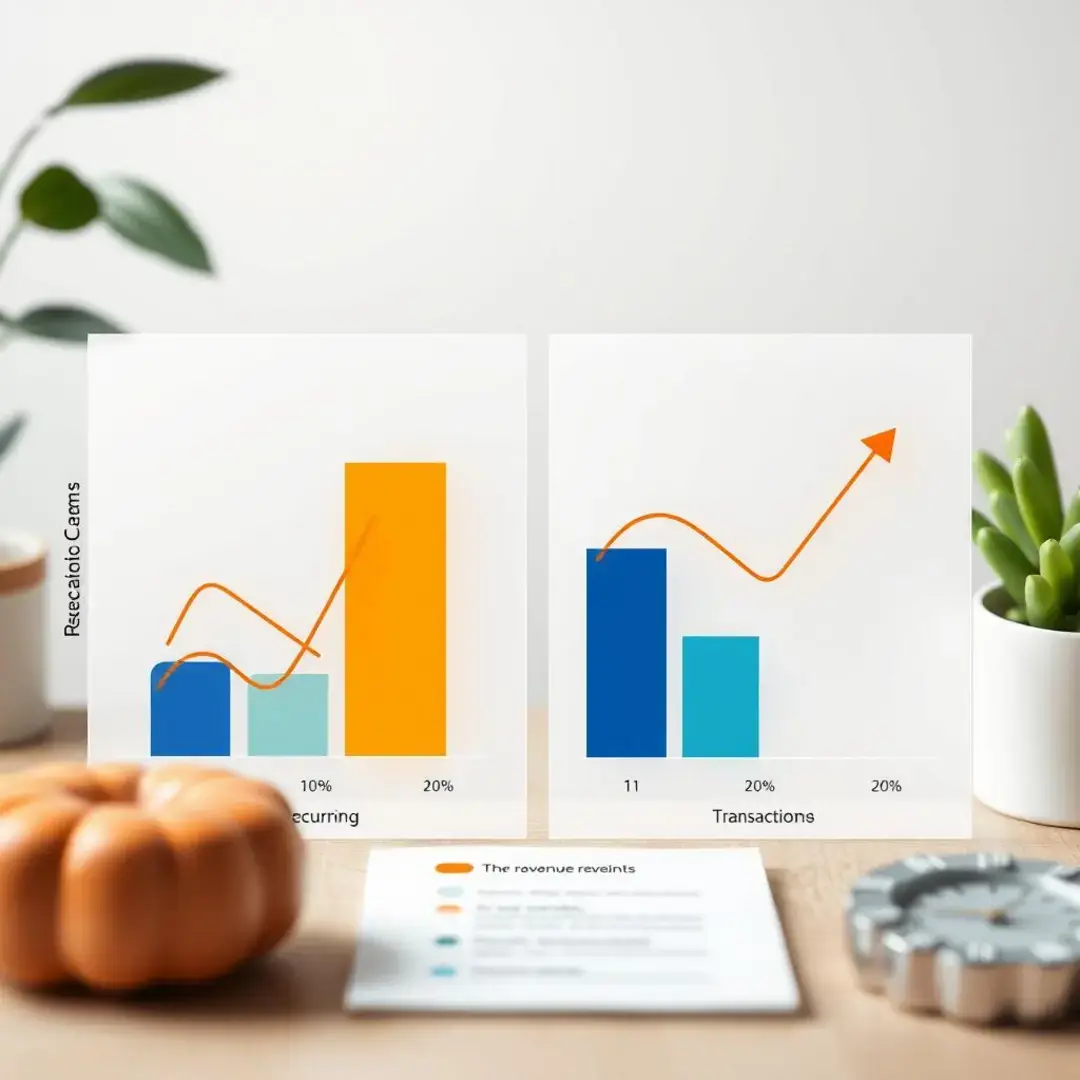
Factors to consider when making your decision
When deciding which revenue model to adopt, it is essential to analyze both your industry landscape and target customer base. Different industries exhibit unique trends and customer preferences which significantly influence the success of a revenue model. Understanding the nuances of your market can provide valuable insights and help tailor your offerings to meet customer demands effectively.
Businesses must also evaluate their product or service offerings when choosing a revenue model. If the product lends itself to ongoing use or upgrades, a recurring revenue model may be more suitable. On the other hand, for products that are typically purchased infrequently, a transactional approach might better align with customer behavior and preferences.
Finally, consider your long-term business goals when determining the right model. If sustainability and customer loyalty are priorities, a recurring revenue model may align more closely with your objectives. For businesses seeking rapid growth and quick returns, focusing on transactional revenue could prove advantageous, albeit with the risks associated with income volatility.
Metrics and KPIs for each revenue model
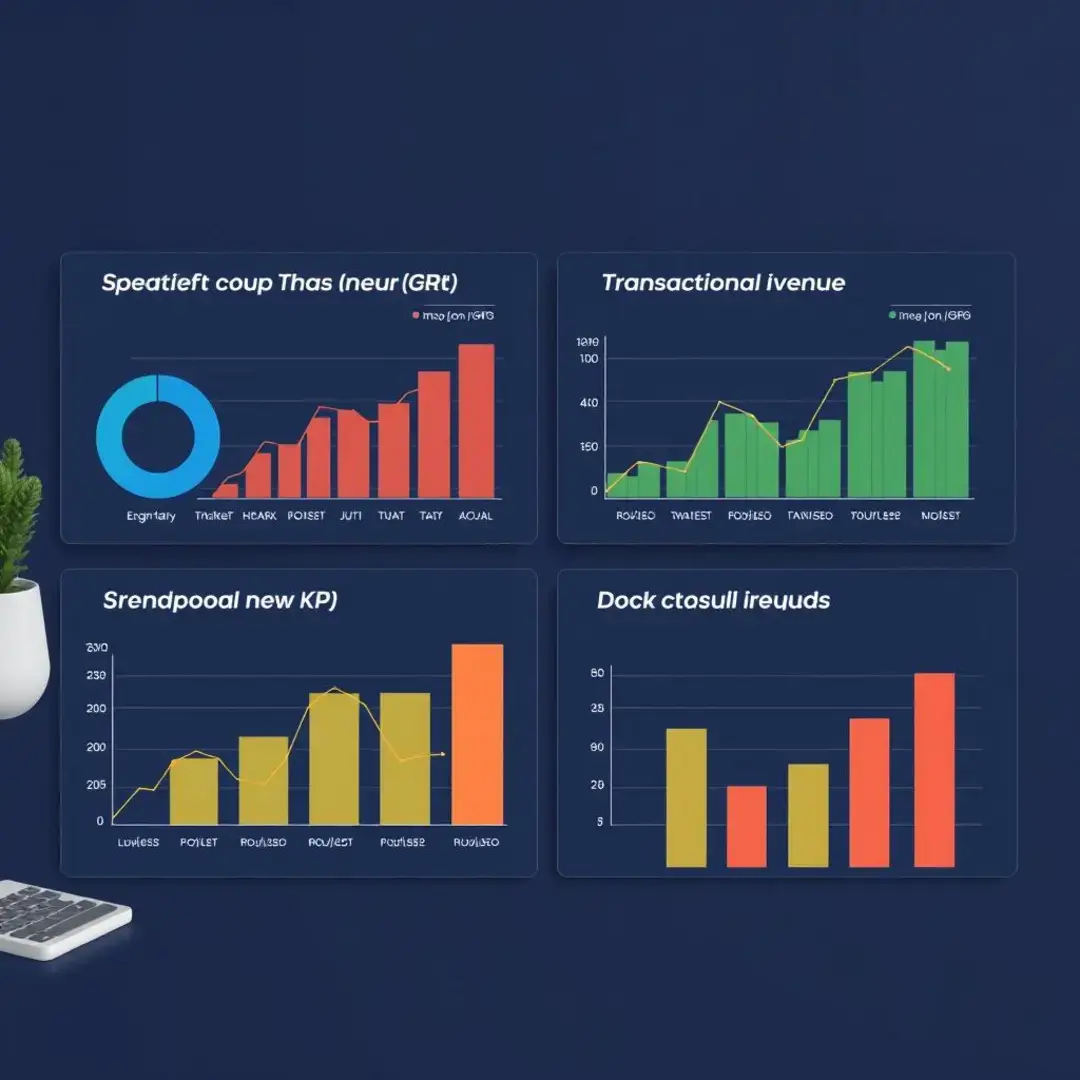
Tracking performance in a recurring revenue model
To effectively assess the performance of a recurring revenue model, businesses should monitor key metrics including Monthly Recurring Revenue (MRR), churn rate, and customer lifetime value (CLTV). MRR offers insights into stable, predictable income over time, while churn rate indicates the percentage of customers leaving the service. Customer lifetime value quantifies the total revenue a business can expect from an average customer, guiding strategic decisions about customer acquisition expenses.
By continually analyzing these metrics, businesses can optimize their strategies, identify areas for improvement, and enhance overall profitability. This approach allows companies to stay ahead of market trends and customer behavior changes. Leveraging technology to gather and analyze data can lead to informed decisions and ensure long-term success.
Tracking performance in a transactional revenue model
For businesses using a transactional revenue model, essential metrics include Average Order Value (AOV), conversion rate, and Customer acquisition cost (CAC). AOV helps businesses understand the average amount spent by customers per transaction, while conversion rate indicates the percentage of website visitors making purchases. Maintaining a balance between these metrics can ensure marketing efforts are efficient and profitable.
Utilizing data-driven insights allows businesses to refine their marketing strategies and enhance customer experiences to drive conversions. Optimizing sales funnels by analyzing where prospects drop off can help increase conversion rates and ultimately their bottom line. Continual adjustment based on performance metrics is vital for sustaining growth in the fast-paced world of transactional sales.
Future trends in revenue models
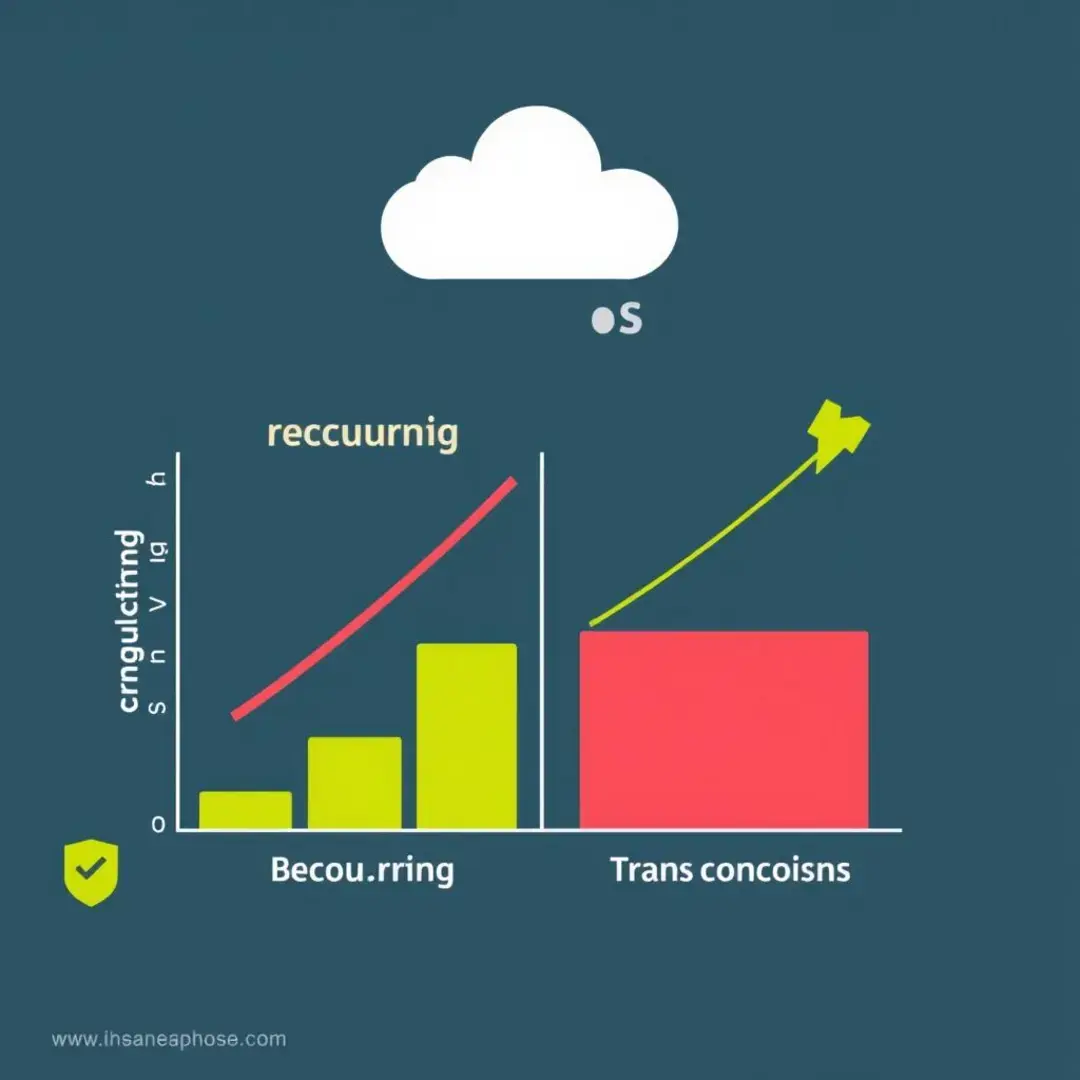
The evolving landscape of revenue generation
As consumer preferences evolve, subscription fatigue is becoming a pressing concern for businesses relying on recurring revenue models. With numerous subscriptions available, customers may become overwhelmed and choose to eliminate non-essential services. Businesses must innovate to retain customers, adding value or differentiating their offerings through unique features and exceptional customer service.
In contrast, the digital landscape presents numerous opportunities for businesses using transactional revenue models. The rise of e-commerce and digital marketplaces has expanded reach and accessibility, facilitating customer acquisition. Companies can harness data and technology to personalize shopping experiences, driving sales and improving customer satisfaction.
Ultimately, businesses must stay agile and adapt their strategies to remain competitive amidst these evolving trends. By blending elements of both revenue models and leveraging technology, companies can create sustainable growth and customer satisfaction. Identifying and responding to changes in consumer behavior will be crucial in navigating the future landscape of revenue generation.












